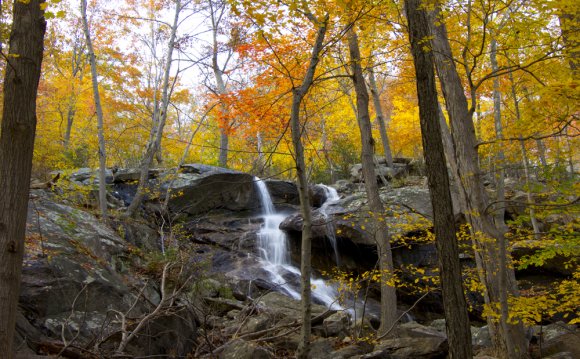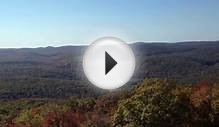
The high country of Rocky Mountain National Park is noted for extreme weather patterns. Shaped by elevation, slope, and exposure, these patterns can change rapidly.
Weather Forecasts
Annual Climate Conditions
Temperatures are often moderate at elevations below 9, 400' (2, 865 m). At higher points, like Bear Lake, Trail Ridge Road, or Longs Peak, it may snow even in July.
A wide variation between day and nighttime temperatures is also typical of mountain weather.
Summer days in July and August often reach the 70's or 80's and drop into the 40's at night. All temperatures given are in Fahrenheit.
Based on ten years of precipitation data, Estes Park receives approximately 13.10" of moisture every year. Grand Lake receives about 19.95" yearly. This precipitation comes in the form of rain or snowfall through the year.
Climate and Weather - What's the Difference?
Climate is a general term to express broad patterns. For example, Colorado's climate is sunny with warm summers and cold winters. Weather applies to specific movements of air masses, levels of precipitation, and temperature fluctuations at specific times of the year. The Continental Divide runs northwest to southeast through the center of the park atop the high peaks. This accounts for two distinct climate patterns - one typical of the east side near Estes Park and the other associated with the Grand Lake area on the park's west side. In recent years, park researchers have been tracking changes to the climate in the park.
Winter (December - March) Lower elevations on the east slope of Rocky Mountain National Park are usually free of deep snow. At higher elevations, arctic conditions prevail. Sudden blizzards, high winds, and deep snowpack are common. The west side of the park experiences more snow, less wind, and clear cold days during these months. Most high country overnight trips require gear suitable for -35 degrees or below. Skiing and snowshoeing conditions are best in January, February, and March.
Spring (April - May) Spring comes to the montane area - elevations 8, 000' to 9, 500' (2, 438 - 2, 895 m) - in late April, although snowfall is not uncommon at this time of year. Unpredictable weather alternates between warm and cold, wet and dry. In June, spring is just reaching the subalpine country - 9, 500' to 11, 500' (2, 895 - 3, 505 m), while summer is on the plains. Wildflowers begin blooming at lower elevations in late April or early May. Many trails are still snow-covered. In late May, Trail Ridge Road opens for the season.
Summer (June - August) On the alpine tundra - 11, 500' to 13, 000' (3, 505 - 3, 962 m) wildflowers bloom from late June to early August. Afternoon thunderstorms and wind are normal patterns. Always be prepared for temperature drops of 10-20 degrees Fahrenheit.
Fall (September - November) September and October bring clear, crisp air, blue skies, and generally dry weather. An early snowstorm may occur. Aspen leaves start changing colors in mid-September. Elk mating season begins in September and continues through most of October. Trail Ridge Road usually closes for the winter by mid-October.
RELATED VIDEO












